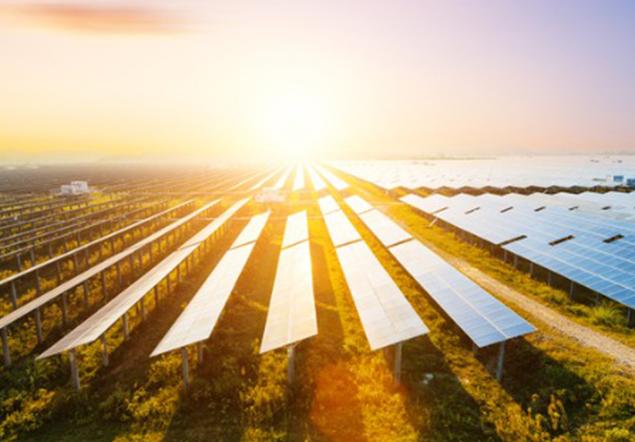Australia, the sun blessed country.
The sun is our greatest natural source or renewable energy and will provide more than 6 billion years of power. Australia has some of the best solar capabilities in the world. Which means going solar is a strong contender compared to other energy saving strategies.
Solar power is generated from the sun when there is sufficient light energy. The solar cells convert light energy in the form of photons into electricity (Direct Current – DC). The inverter, then converts the Direct Current to Alternate Current (AC) for your household use.
During sunlight hours, solar generated electricity assists with the supply of power to the household, an alternative to using electricity from the power company. Through monitoring usage habits and spacing out utilization during the day, you can make the most of a solar powered solution.
Any excess solar energy sent back to the power grid, is recognized as a credit. Also known as a solar contribution on your energy bill. This means your electricity retailer will purchase any excess solar that your solar array feeds back into the grid. If you require more electricity, you are still able to utilise power from the grid – ensuring you are supplied with the necessary amount of power for your home.
In the case of rooftop solar, everyday Australians are open to financial and environmental benefits of going green, with over 1.4 million homes committing to control their future energy needs. Recent findings by the International Energy Agency suggest the sun could be the world’s largest source of electricity by 2050, ahead of fossil fuels, wind, hydro, and nuclear. How does that relate to the average consumer? As solar technology advances, the increasing efficiency and increased savings will benefit every family in Australia.
Renewable energy – wind, solar, geothermal, hydroelectric, and biomass – is a term we all hear too often without ever understanding its true benefits and applications. It therefore stands to reason that many individuals, families and businesses have long relied on traditional energy enablers, such as gas and coal, because it’s easily accessible and requires nothing more than a phone call.
However, renewable energy in all its forms has now begun to grab the attention of the average Australian. As the substantial benefits for financial savings, the environment, our health, and the wider economy are realised.
While each source of the renewable energy spectrum has unique benefits, the binding factor is glaringly obvious, Australia possesses a vast energy supply and it won’t ever run out. In 2013 alone nearly 15% of Australia’s electricity came from renewable sources, enough to power equivalent of almost 5 million homes!
The remarkable global uptake of solar has seen per kW costs plummet for household and corporate sectors alike.
While we recognise the need for a secure power infrastructure (currently backboned by coal power plants in Australia and nuclear in some countries around the world), we also recognise the need for the transition process to renewable energy that doesn’t rely on dwindling resources.
Community
The past 50 years has shown us that coal has a history of well documented health implications. Nuclear facilities have had two global catastrophes in living memory and oil seems to leak into our oceans on a semi regular basis.
Economy
While the price of purchasing a solar power system continues to drop, the cost of sourcing coal-derived power continues to skyrocket. Meanwhile, solar power systems are paying themselves off in record time, meaning that they become among the lowest costing energy sources to operate. When you see companies like Google and Apple go solar, you know there is more to renewables than just being green.

